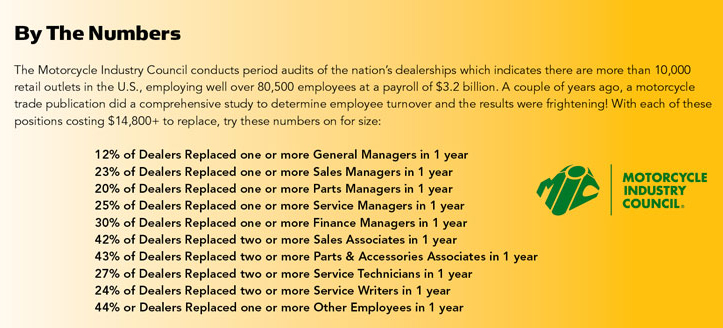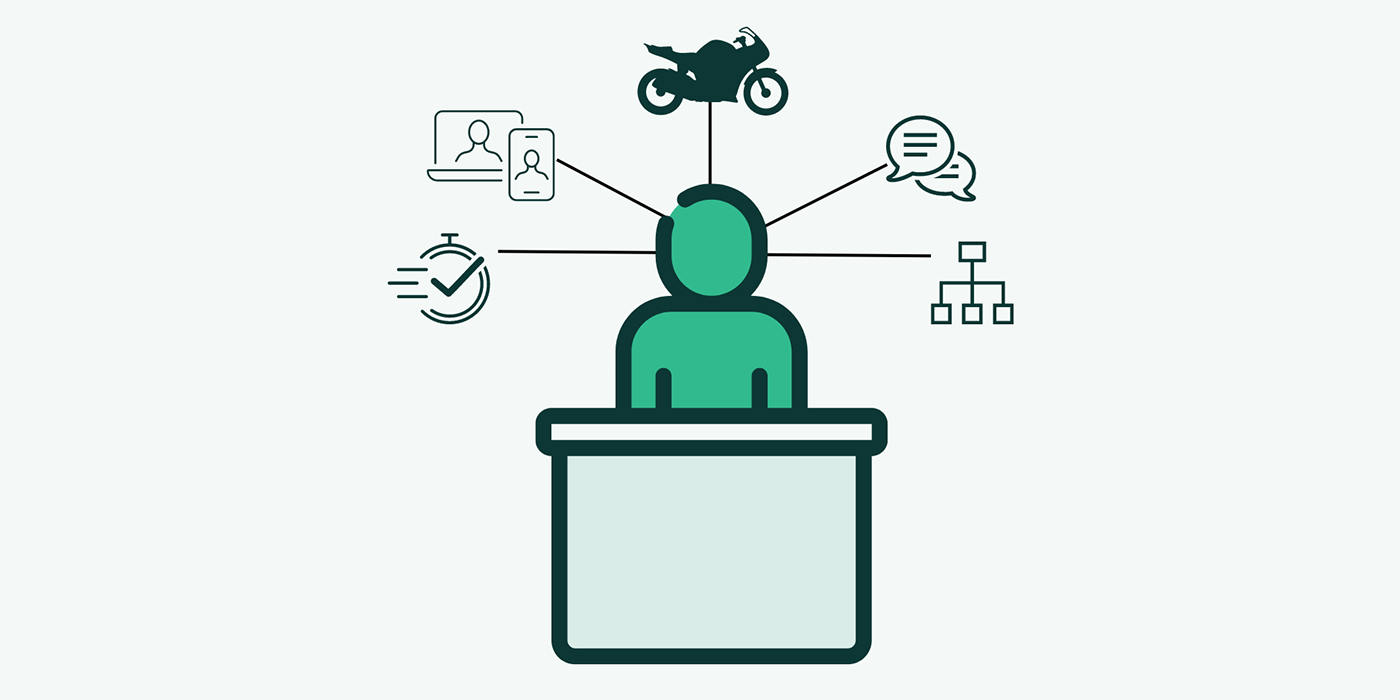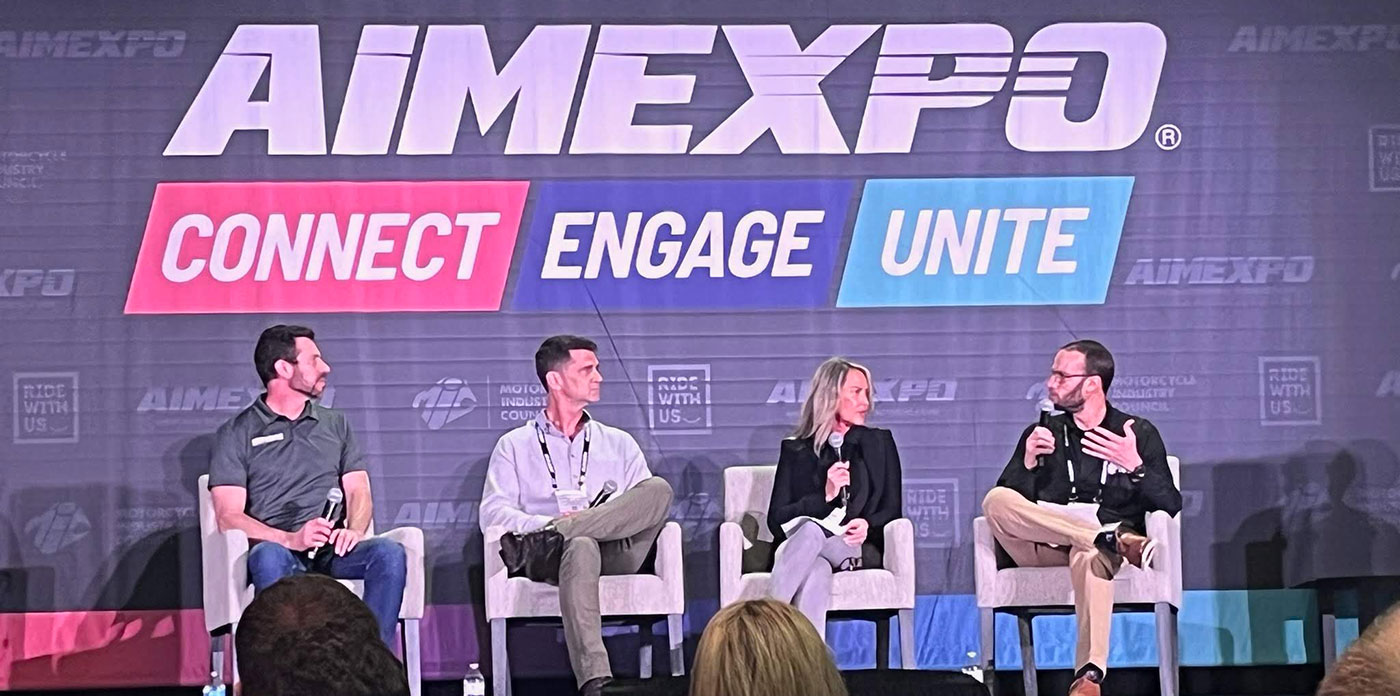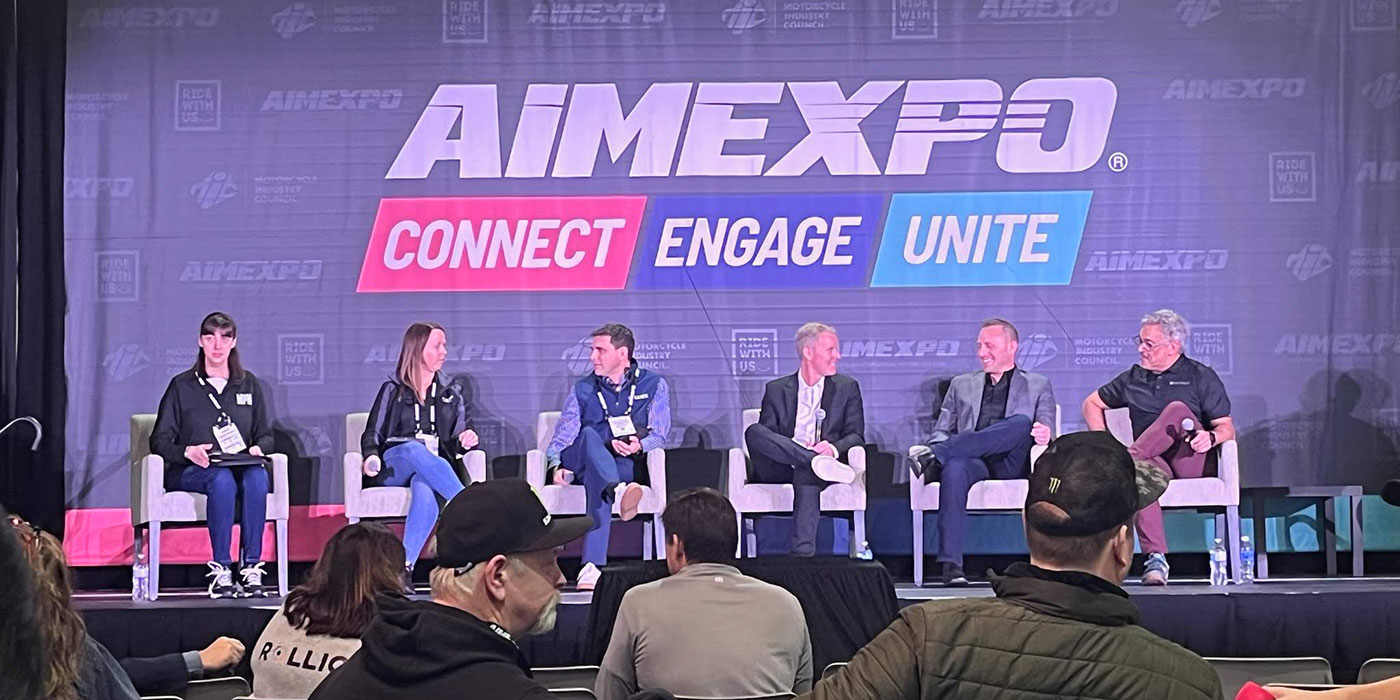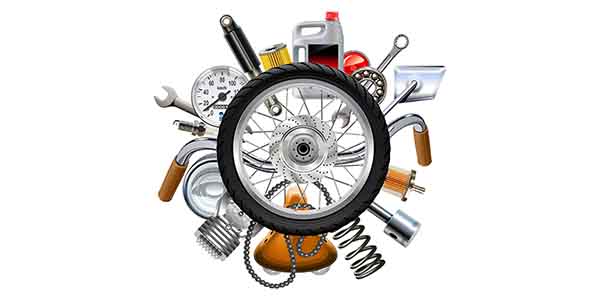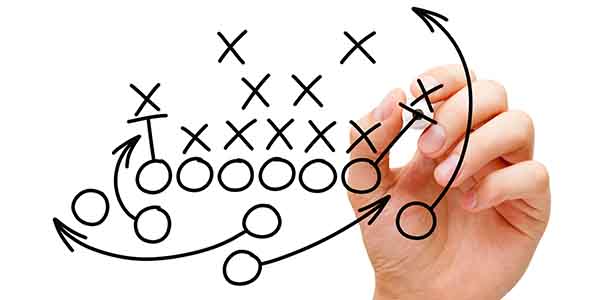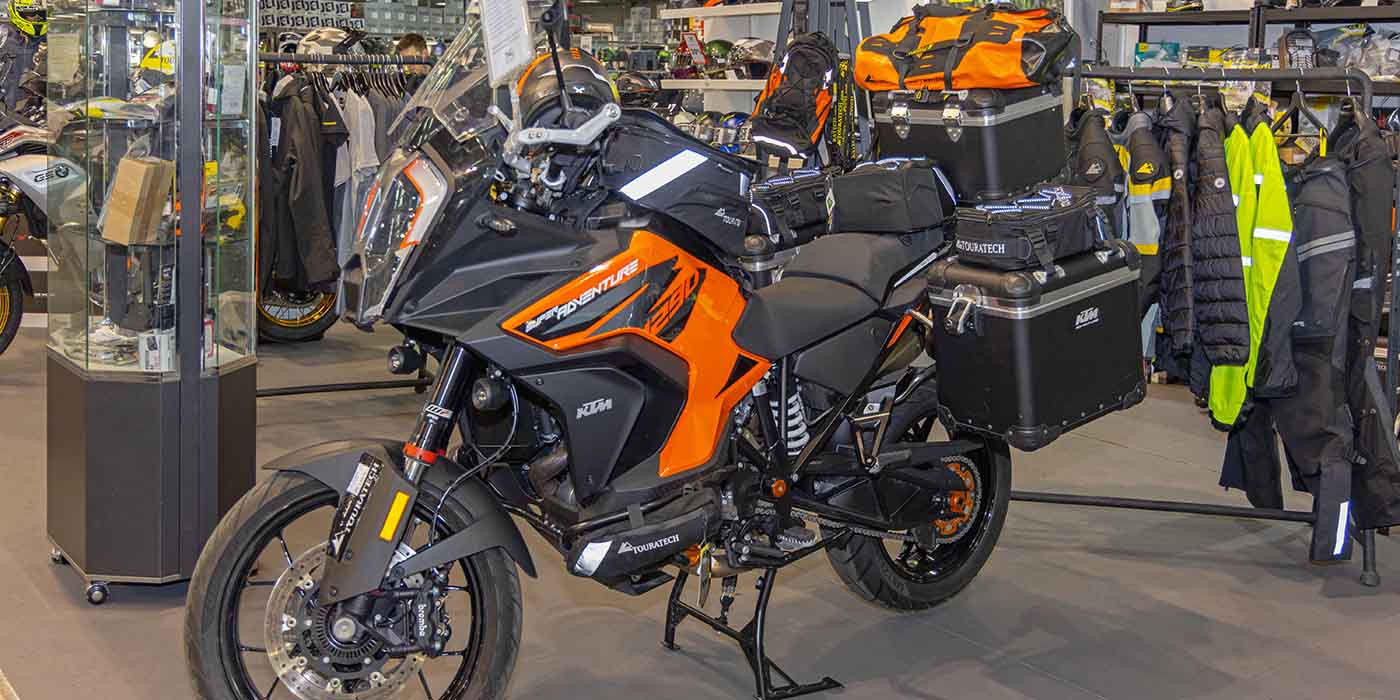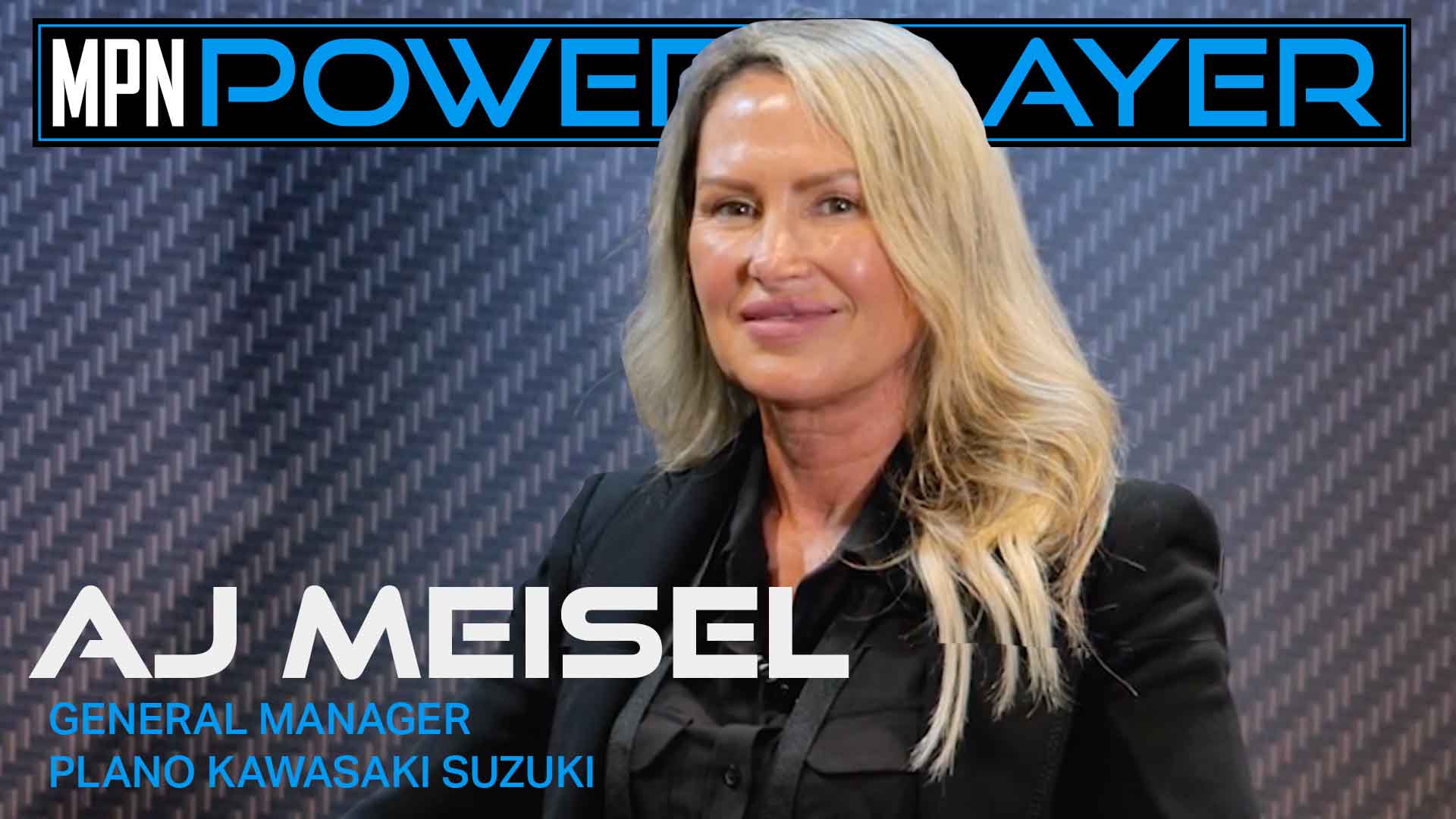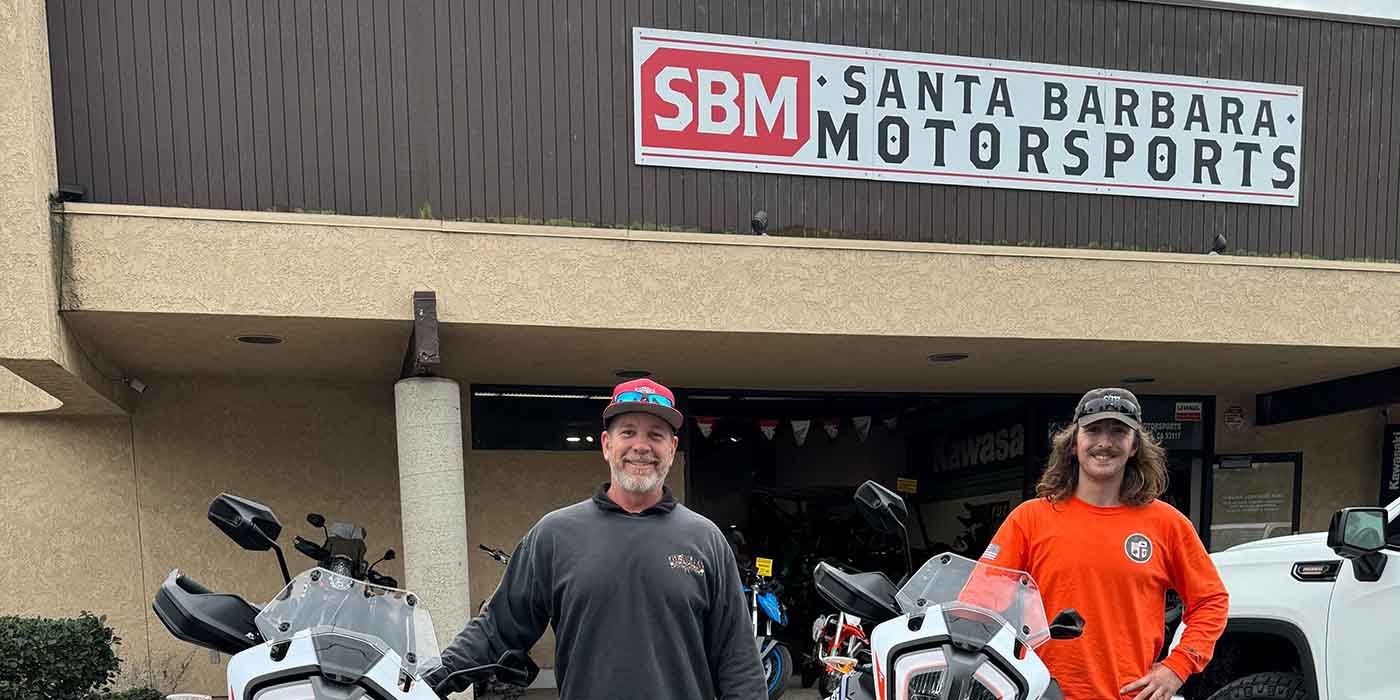Death & Taxes Are Not The Only Certainties In The Motorcycle Industry!
They say death and taxes are the only certainties, but “they” never worked in the motorcycle industry! The biggest certainty in our industry is employee turnover. You may know how many employees you lose each year, but do you know what it really costs you? Most companies keep track of turnover, but many fail to put it into perspective or calculate it in a meaningful way.
It’s fairly common knowledge that retaining employees is less expensive than replacing them. However, many of the less obvious costs associated with employee turnover add up outside the standard balance sheet… and they add up shockingly fast! Why is employee turnover so expensive?
Part of what makes employee turnover so expensive is that it affects multiple areas of your business. Some of these areas are easy to measure, while others are a bit harder to ascertain. Let’s pick on mechanics to illustrate the points since they are in high demand and seem to have a higher turnover rate. Here is an example of typical employee turnover costs, including some you might not be aware of:
Let’s assume a mechanic quits and you need to replace him. For the sake of simplicity in this example, we will say that this mechanic and office personnel work for $20 per hour at a dealership, managers make $30 per hour. We also expect that it will take one to two months to find a new mechanic and fill this open position. With this established, we can start tracking the costs that are incurred from the time that technician quits.
 Take a look at that again. Did you realize just how much time and money went into this process? Does it look like something similar to what happens at your dealership? It’s a little bit scary to think that it costs roughly $3,000 per employee who leaves your company. But that is not the scariest part.
Take a look at that again. Did you realize just how much time and money went into this process? Does it look like something similar to what happens at your dealership? It’s a little bit scary to think that it costs roughly $3,000 per employee who leaves your company. But that is not the scariest part.
I used very conservative numbers in this calculation, and I chose a time of year that is not the busiest. Real life numbers are going to be much higher. This example is for a B or C-level mechanic position. Hiring an A-level mechanic or a manager will see the numbers rise in proportion to their salary.
But Wait, There’s More!
This example only addresses the “hard costs” and completely ignores related “soft costs.” The hard costs that we see in this example are those costs we can assign a specific monetary value to. This includes time, labor and services. Soft costs are more vague, but no less expensive.
[pullquote]“Many of the less obvious costs associated with employee turnover add up outside the standard balance sheet… and they add up shockingly fast.”[/pullquote]
Soft costs could include losing a customer because you couldn’t repair the customers bike in time for his ride. Or maybe the overworked mechanic pulling double duty was not polite, costing you a customer for life? Maybe a less experienced mechanic had to fill in and the customer’s bike broke down a mile down the road, with even more damage than when it first came in (not to mention irreparable damage to your shop’s reputation).
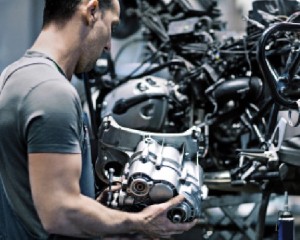 These costs are harder to calculate, but studies by human resource professionals have shown soft costs are generally three times the hard costs. Taking the soft costs into consideration would mean that hiring a new employee would cost your dealership around $12,000, with costs escalating proportionately with the lost employee’s skill and pay. That one C-level mechanic just cost you a big chunk of change!
These costs are harder to calculate, but studies by human resource professionals have shown soft costs are generally three times the hard costs. Taking the soft costs into consideration would mean that hiring a new employee would cost your dealership around $12,000, with costs escalating proportionately with the lost employee’s skill and pay. That one C-level mechanic just cost you a big chunk of change!
The Bottom Line
By understanding these costs and where they are coming from, we can see how reducing your turnover by even a small percentage can result in thousands of dollars in savings for your dealership. All too often, dealership managers and owners do not see the impact of employee turnover and repeated hiring. A dealership’s focus should always be on hiring the right people the first time around in order to minimize its costs.
Total Cost = $14,880


